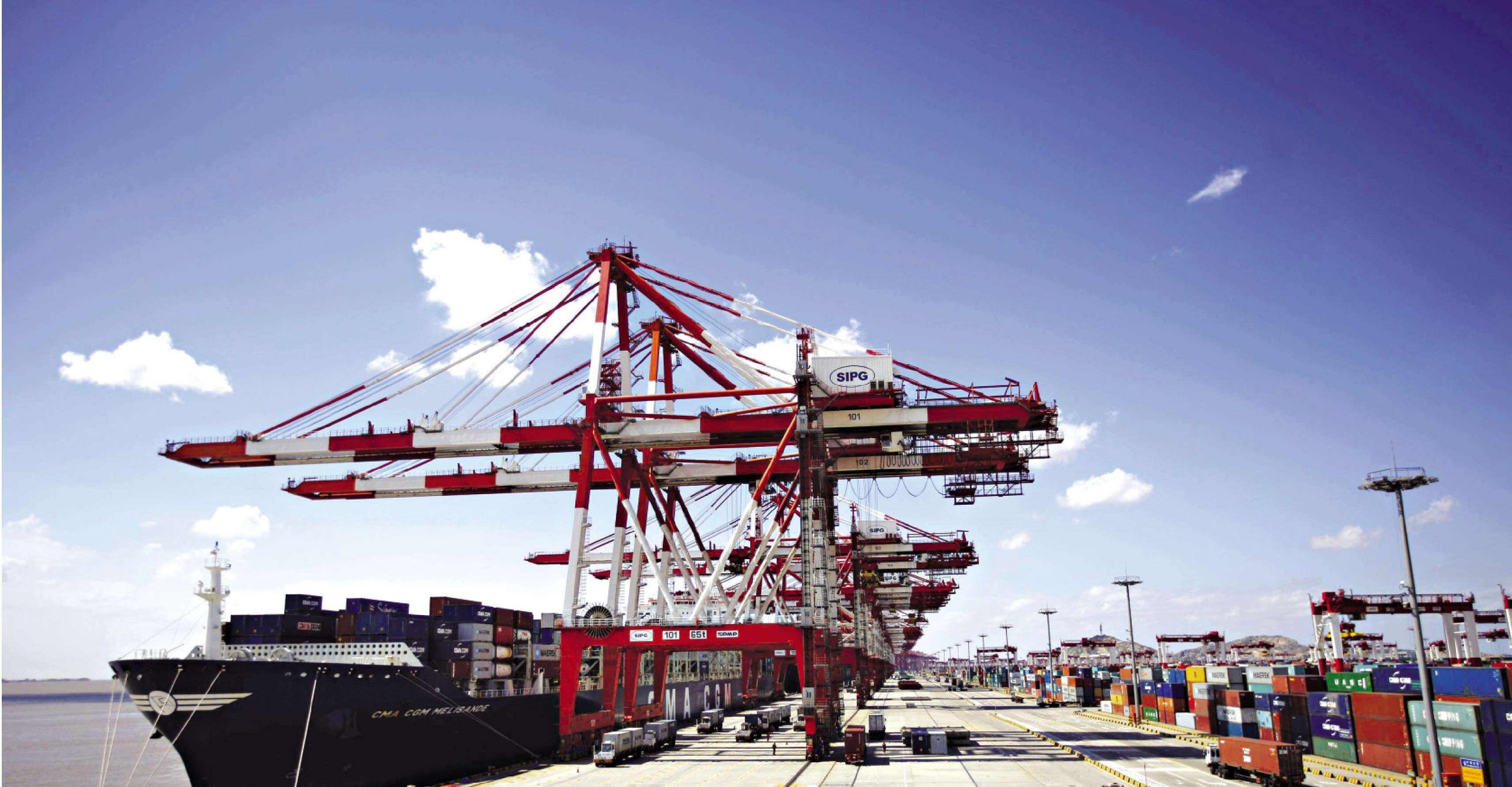On-time service rate index hits a new low for new transatlantic routes

- Date: Dec 17, 2020
- Comments: no comments
- Categories: News
In November, the comprehensive on-time rate index of global trunk routes was 34.99%, which is the lowest value since the statistics in 2019. Severe container shortage, terminal congestion, and the rebound of the new crown pneumonia epidemic are the main reasons for the record-on-duty rate index. It is worth noting that the month-on-month decline was relaxed again after three consecutive months of narrowing. The month-on-month decline was 16.6 percentage points in August, 10.29 percentage points in September, 3.11 percentage points in October, and 4.4 percentage points in November. Where is the bottom of the on-time rate index? Can December usher in a bottoming out? It is believed that such problems are the focus of attention of many shipping and foreign trade companies.
Since November, a new transatlantic sub-route quasi-service rate index has been added, which specifically refers to the US East-Europe route. The transatlantic route is known as the “golden route” in the air transport market, and it also has a pivotal position in the maritime market. The release of the index will effectively reflect the schedule of ships traveling to and from Europe and the United States.
main route on-time rate
Europe-Eastern America and Asia-South America routes share the top two in terms of receiving and dispatching and arrival and departure on-time schedules. The European-U.S.-East route can receive this award mainly due to the modernization of European and American ports and the low flight density. Taking the 48th week as an example, the 11 sample ports in the transatlantic route had a total of 67 calls, and the average single port call was 6.1; the average single port calls of the other two major liner alliance routes-the trans-Pacific and Asia-Europe routes reached 8.55 respectively Times and 6.91 times.
The two routes from Asia to Europe rank third and fourth respectively in the on-time delivery rate rankings, but are relatively low in the on-time arrival and departure rate rankings, especially the Mediterranean route. The on-time departure rate is more than ten percentage points higher.
Asia-Australia-New Zealand route schedule rate is not very satisfactory. The two indicators, the delivery schedule rate and the arrival and departure schedule rate, are ranked third and second from the bottom. The continuous escalation of strikes at multiple terminals in Australia has made it impossible for ships to unload in time, and the typhoon has further worsened the situation.
liner company & alliance punctual rate
In November, the on-time rate of the 14 largest liner companies was generally on a declining track. Yangming Shipping was the only liner company that achieved both indicators to rebound. Wan Hai Shipping, OOCL and COSCO SHIPPING occupy the top three in the on-time departure rate; the top three in the on-time delivery rate are Hamburg Süd, Wan Hai Shipping and OOCL.
As Christmas is approaching, the two main routes from Asia to Europe and the United States are still hard to find, and the freight rates are high. Whether the goods can be delivered on time is the focus of import and export traders. The three major liner alliances performed poorly on the main routes in Europe and the United States: the ocean alliance had the smallest decline, and the on-time rate of arrival and delivery decreased by 3.92 and 0.41 percentage points respectively from November; 2M alliance and THE alliance have two indicators separately However, the gap was further widened by the Ocean Alliance, with a difference of more than 10-20%.
Port liner on-time rate
In November, the liner schedule rate of the world’s 50 largest ports dropped sharply, but the total number of calls has rebounded significantly, mainly due to the further reduction in the number of suspensions during the Christmas season. So far in 2020, the new delivery capacity has reached 720,000 TEU, and the fleet capacity has increased by 2.3%; by the end of the year, the container ship capacity is expected to reach 23.6 million TEU, an increase of 2.7% over the beginning of the year.
The top three agents in the overall service level of the schedule have not changed. Shenzhen Port continued to lead the way, with both the on-time rate and the number of calls increasing month-on-month. Shanghai Port has 408 calls, which is the largest among the 50 major ports. However, since the liner schedule rate is only 33.97%, it can only be placed second in the overall service level of the schedule.
European and American ports are still heavily congested. The on-time rate of the Port of Felixstowe was only 22.22%. Many liner companies had no choice but to jump to the port. Evergreen Shipping cancelled the scheduled sailing schedule of the “Ever Grade” vessel in the port and directly arrived at the Port of Rotterdam. The on-time rate of the Port of Los Angeles decreased by 11.22 percentage points from November. In order to reduce the risk of the spread of the new crown virus, the port temporarily reduced the number of people in the port area by about 1/3, which greatly affected the loading and unloading of ships.







No Comments Yet.